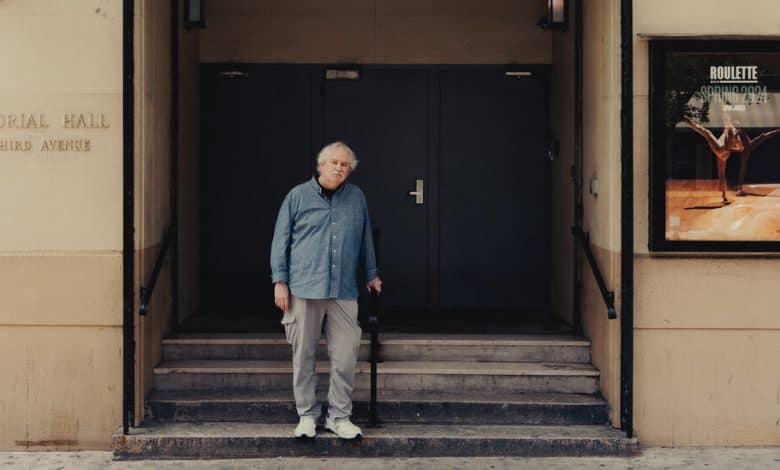The Man Who Made Roulette Into New York’s Music Lab

Saturated in sunlight on a recent afternoon, the spacious TriBeCa loft that once housed Roulette somehow feels smaller than it looms in memory. For nearly 25 years, a stellar array of established and emerging composers, improvisers, electronic producers and choreographers held court in the long, tall main room. Visitors had to pass through a kitchen: a reminder that the loft was also the home of Jim Staley, the trombonist and composer who was a founder of Roulette.
Unlike many similar experimental arts venues now lost to time, Roulette has thrived and grown, now occupying a 14,000-square-foot space in Downtown Brooklyn. But Staley, 73, who still lives in the TriBeCa loft, has decided that after 45 years of leading Roulette, the time has come to step away. When this season ends in June, he will give up his role as artistic director.
It’s another evolution for a vital institution that has seen many. Roulette was established in Chicago in 1978 as a way for five recent University of Illinois Urbana-Champaign graduates, including Staley, to produce their own work. But the collaborative changed course after Staley, a well-traveled Army veteran, moved to New York.
Joined by two other Roulette founders, the graphic artist Laurie Szujewska and the composer David Weinstein, Staley hosted a modest five-concert series at his loft in 1980. After that, “We got a lot of proposals,” Staley said. “And we just decided, let’s do ’em all. We ended up doing about 30 concerts in the fall.”
Pursuing an aesthetic guided as much by John Coltrane as by John Cage, Roulette became a crucial laboratory for the downtown-music scene, providing artists like John Zorn, Shelley Hirsch, George Lewis, Ikue Mori and many more with space, resources and recorded documentation of their work. Those artists still perform at Roulette, forming an enduring community with newer generations whose development they helped to nurture.
Zeena Parkins, the estimable harpist and composer, recalled starting there as a fledgling sound engineer in 1986, soaking up all the sounds on offer.
